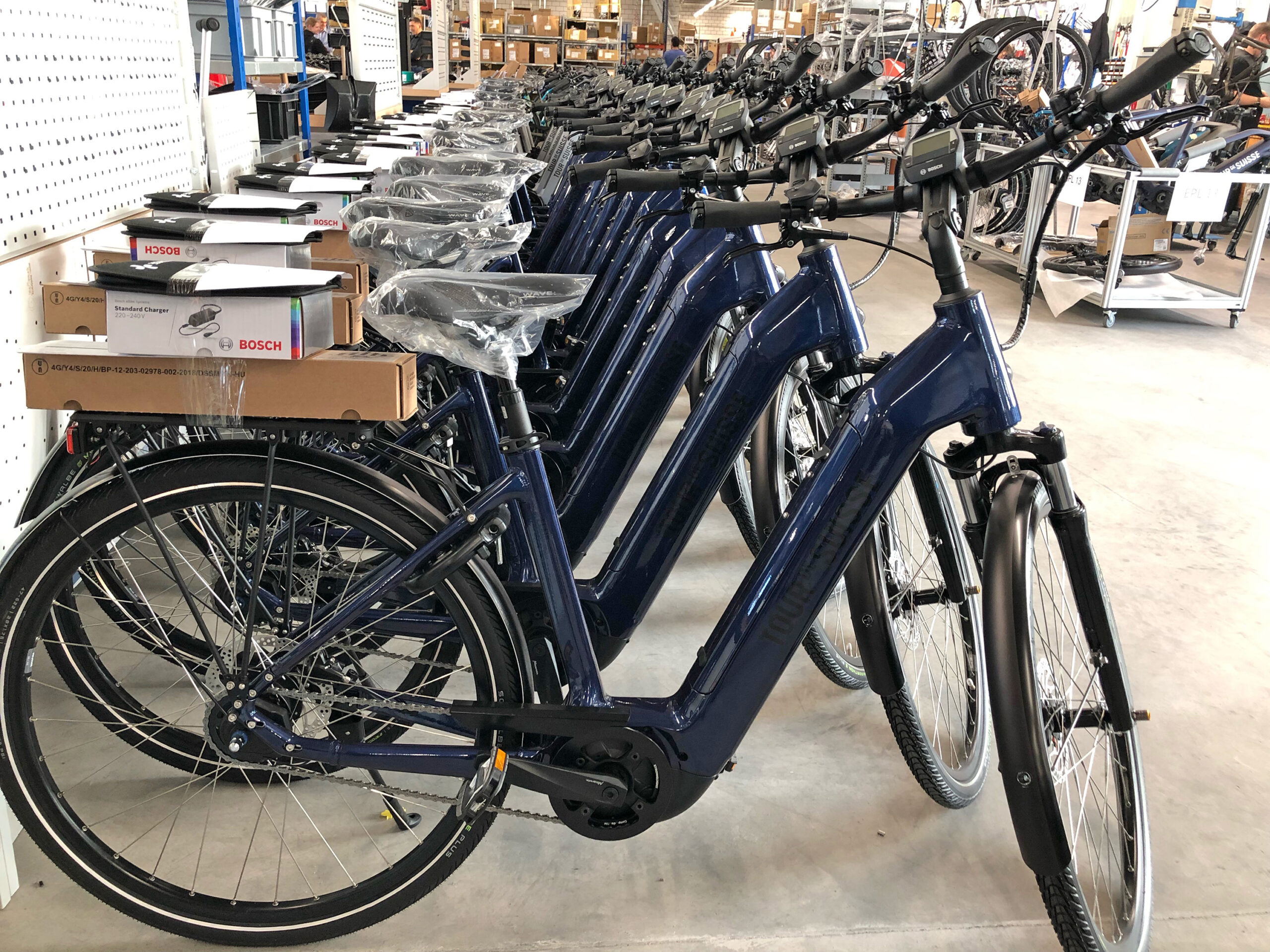Compared to the two previous years with strong sales, the bike trade was able to increase again in the first half of 2022. E-bike imports rose by 5.6 percent, and those of bicycles by 9.3 percent. Exports also increased for e-bikes. Only bicycle exports saw a significant drop to the level of 2020.
The record demand for bicycles and e-bikes, which could not be met in 2020, reverberates not only in 2021 but also in 2022. This is reflected in the half-year figures of the Federal Office for Customs and Border Security, BAZG. In absolute terms, e-bike imports rose from 111`105 to 117` 357 units in the first half of the year. This corresponds to an increase of 5.6 percent. For bicycles, which saw a decline in the second half of 2021, the number even grew by 9.3 % from 200`861 to 219`573 units. Exports included 39`665 e-bikes (+ 7.2 %) and 25`051 bicycles (- 28.5 %). The export of bicycles thus reaches again the level of 2020.
The figures show that, compared to the previous year, significantly more goods were delivered to the bicycle trade. The supply situation in the trade has also largely eased and the warehouses are filling up again. There are still waiting times for special designs and particularly popular models, such as gravel bikes: sturdier road bikes with sturdier tires and a more upright riding position, which are also suitable for trips over dirt roads. Full-suspension city e-bikes and SUV e-bikes are also enjoying stable sales, as is the perennial favorite e-mountain bike.
For the bike suppliers, however, the matter is not yet over. "The large parts suppliers are still pushing a large bow wave of orders in front of them," is how the CEO of Switzerland's largest e-bike manufacturer, Flyer CEO Andreas Kessler, describes it. It is also unclear how much of the additional costs for the massively increased raw material, energy and transport prices may reach the end customer, so that demand does not weaken in the economically inflationary environment.
August 9, 2022

